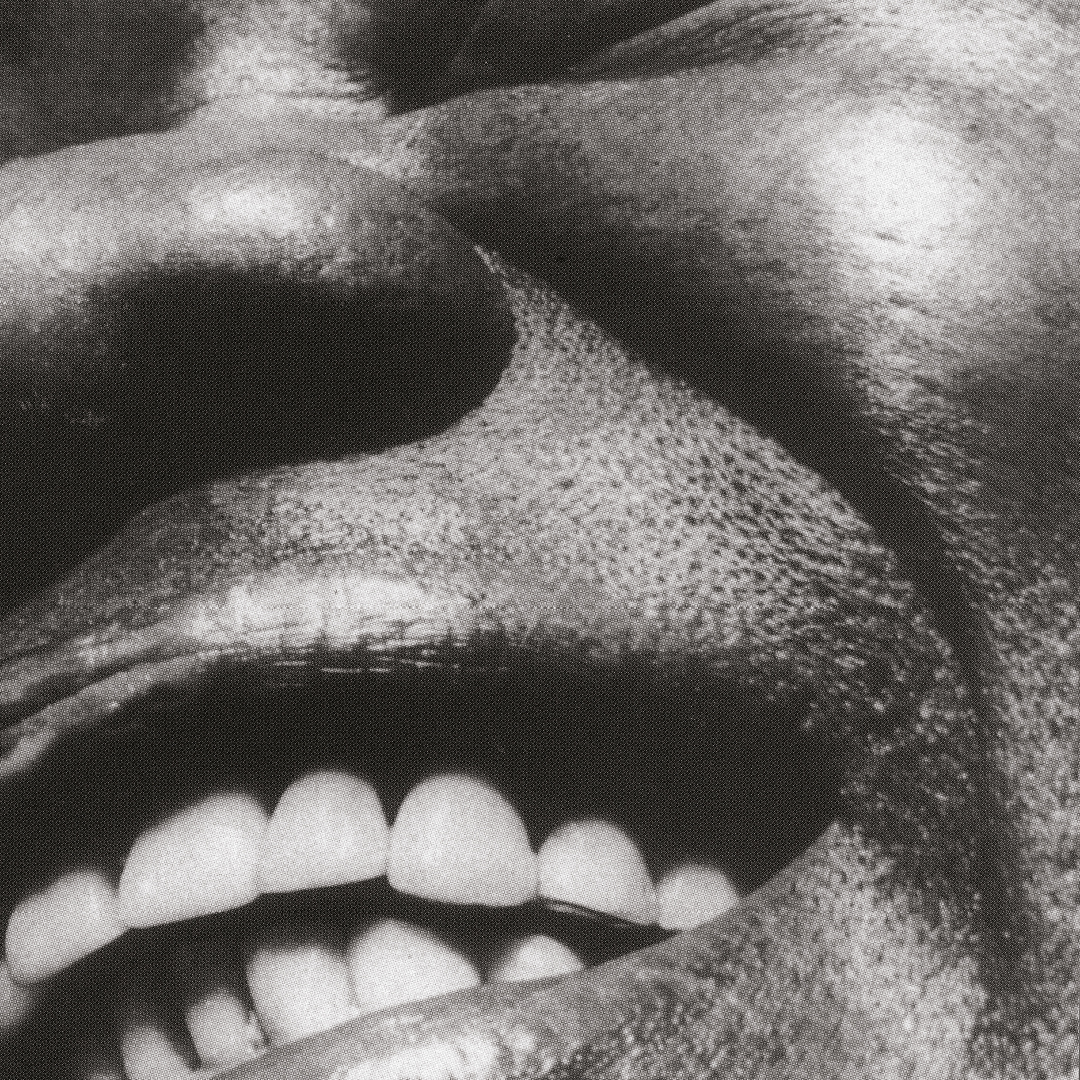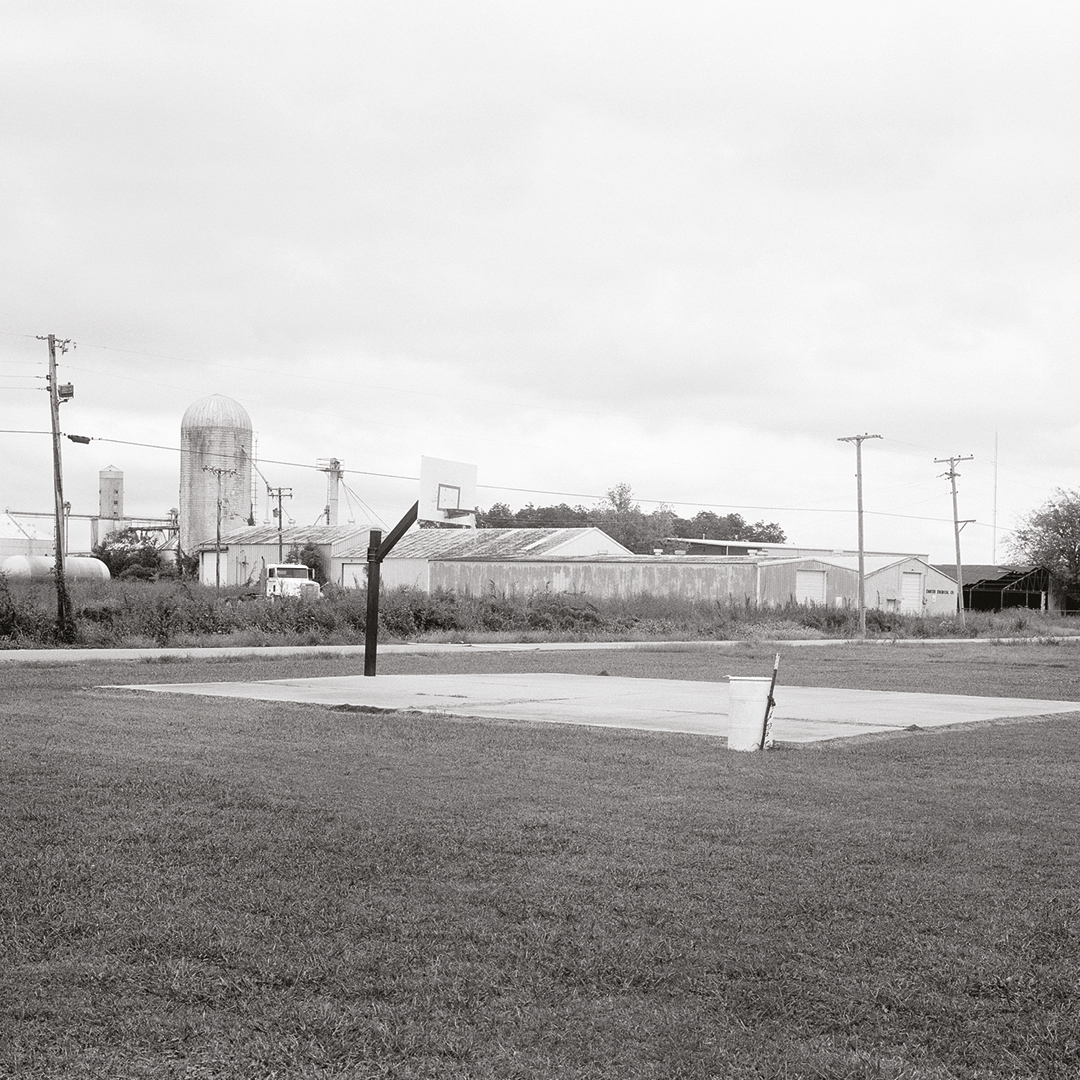All images © Trent Harlan Bozeman
Galvanised by the brutal events of the Red Summer of 1919, Ones to Watch winner Trent Harlan Bozeman returns to his native Arkansas to document the consequences of Black history
The Red Summer of 1919 is one of the darkest episodes in African American history. As Black US soldiers returned home from the frontlines of the First World War, they were met with hostility from white mobs, and race riots broke out across the United States. The white supremacist violence in Elaine, Arkansas, was the most fatal, when unfounded fears about a Black insurrection led to indiscriminate attacks on African Americans at a union meeting. Estimates put the Black death toll well into the hundreds.
Trent Harlan Bozeman learned of the Elaine Massacre in 2020. The artist, whose practice revolves around the documentation of Black histories, memory and the erasure of cultural legacies, had just moved back to Arkansas to begin his MFA at the university, led by Zora J Murff, 15 years after he left his home state. (He grew up in Arkansas’ largely white north-west). In one class, the group studied photographs of lynchings, which led his research towards the Red Summer. “I was shocked because in grade school you have to learn about Arkansas state history – you have to know every senator before Reconstruction,” he explains. “But the history of labour issues in the state, specifically the Arkansas Delta, was completely erased.”

Bozeman travelled to Elaine for the first time that August. His ongoing series, Out the E, is the result of his continued visits to the region. Elaine has a struggling economy, with one of the highest unemployment rates in the state and dismal education opportunities. But Bozeman’s photographs promote its community; the kinship of local people. An image of two girls, arms intertwined, is remarkably disarming. The pair stand awkwardly with their backs together, but they remain aware of their surroundings, relaxed but vigilant. The work is about Elaine’s kids, playing basketball in the sun, but also of future generations, more widely; Black children growing up in a world that should have moved on from the events of 1919. Instead, the country’s racial wounds, though reshaped, remain wide open.
In 2021, Bozeman started a new series, Failure to Appear, as a “reaction” to the work made in Elaine. “I realised that the reason why I went to Elaine was because I needed to be surrounded by Blackness,” he says. “I needed to make work about Black personhood and how my proximity to Black death had altered my psyche.”

“It’s not uncommon for Black families to not pass on legacies from their ancestors… I am not interested in reconciling these known and unknown histories, but a new context can be established by fusing them into each other”

Bozeman studies Black death, its representation in history and how, with cameras and new media, its images are disseminated and displayed more than ever. “I don’t think you can look at race in visual culture and not think about the presence of Black death,” he says. Failure to Appear marks a distinct stylistic and intellectual progression. Bozeman experiments with collage for the first time, layering and constructing images using ephemera from his parents’ archive, and stories he gathered from travelling the American South. “It’s not uncommon for Black families to not pass on legacies from their ancestors,” he says. “I am not interested in reconciling these known and unknown histories, but a new context can be established by fusing them into each other.”
Bozeman was nominated for Ones to Watch by Peggy Sue Amison, artistic director of East Wing gallery in Doha, who describes his work as “unforgettable”. “[He] exposes us to landscapes of inherited inequality amidst a relentless cycle of poverty,” she says, pointing out that many African American families are still living under these circumstances. But there is a musicality and joy to his work too. “Failure to Appear reads like treasured mixtapes or a jazz opus,” Amison says. “In a similar way to hearing such personal and often improvised compilations, I was left speechless.”

